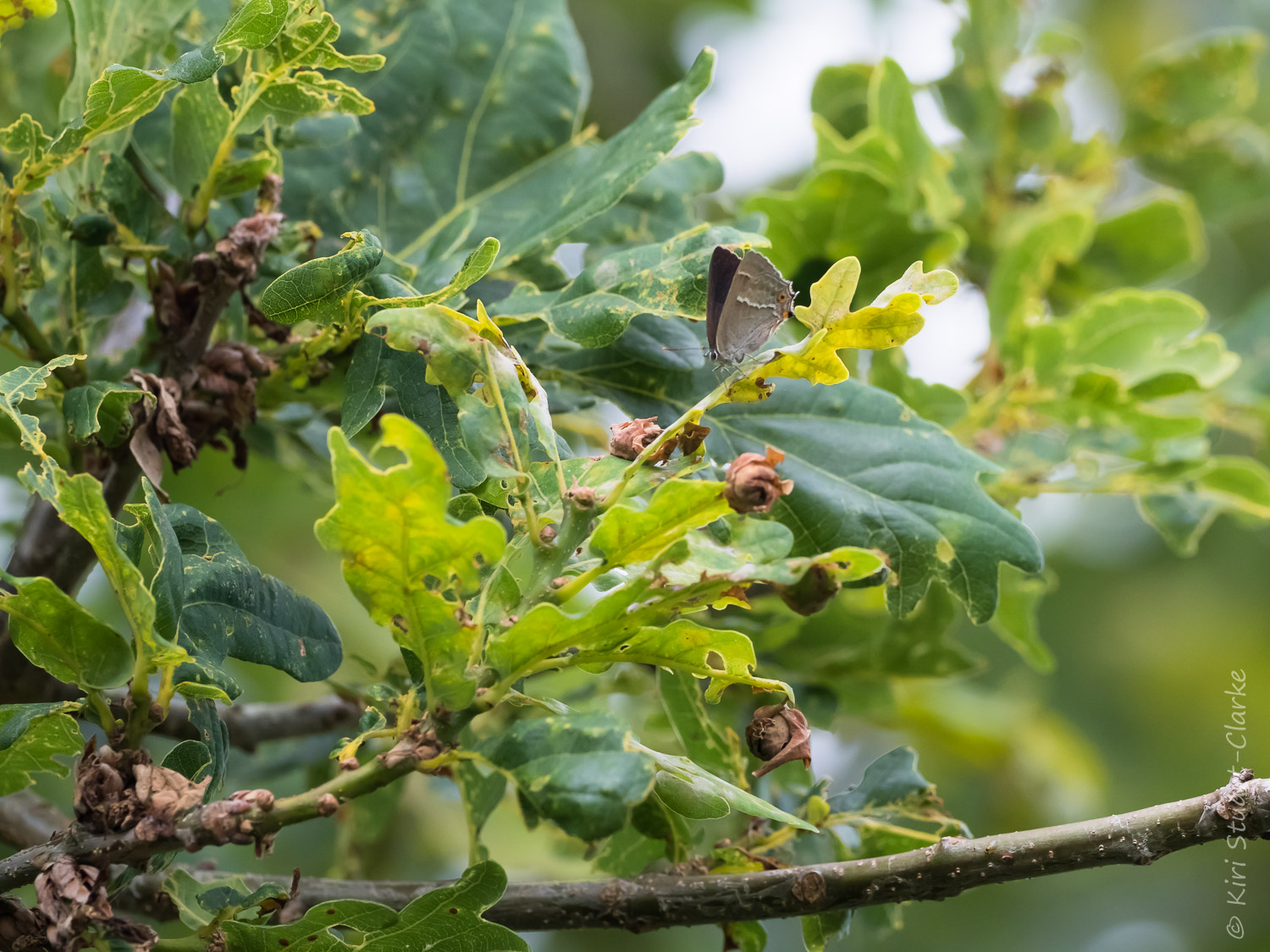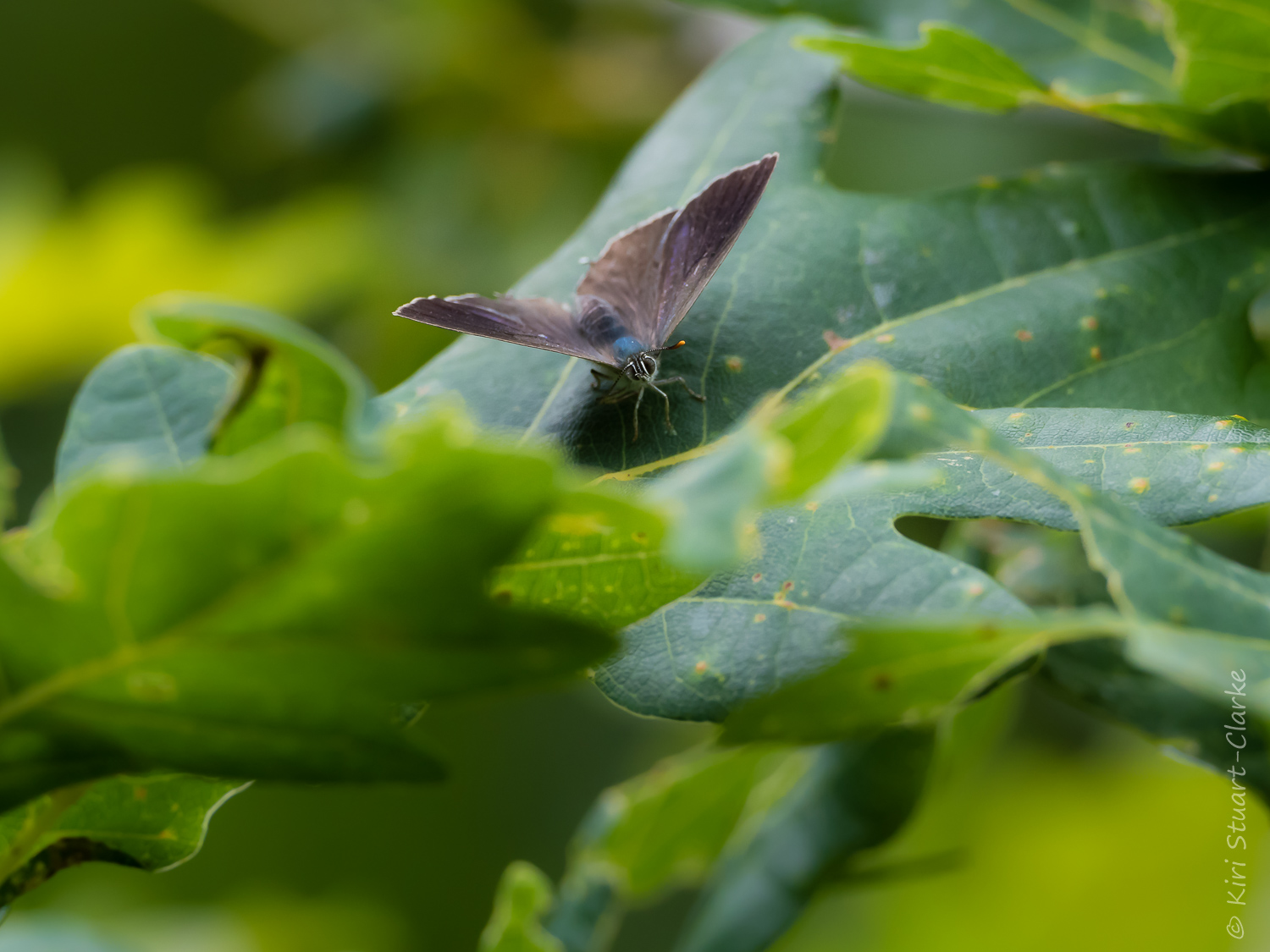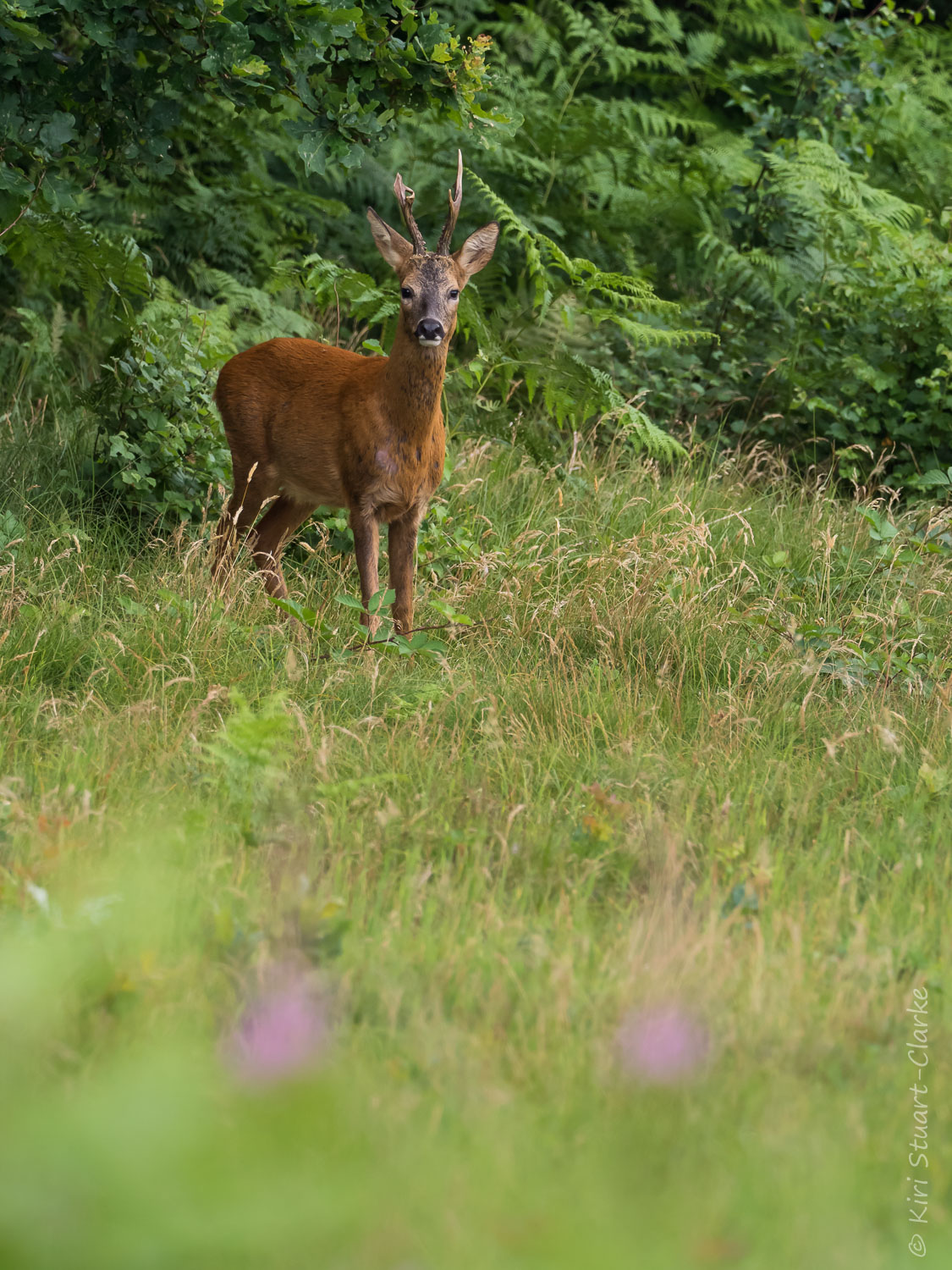Creative Low Maintenance Alternatives to Paving or Astroturfing your Lawn
With our our increasingly busy lives and long commutes, many people have come to dread the idea of spending precious family and leisure time mowing their lawns every week in high summer and look for alternative solutions. So much so that sales of block paving, pea shingle and even artificial plastic astro-turf are soaring. But what is the best option for our health and the environment? Is there a solution that is both low maintenance and eco-friendly as well as being aesthetically pleasing?
Concerns with block paving as an alternative to grass turf
Traditionally, those suffering lawn mower fatigue looked to block paving and over the years many a front urban garden vanished in favour of parking driveways, but in recent years flooding has become a real issue, particularly in urban areas due the sheer amount of lost drainage due to block paving in of gardens. According to a report by the Committee on Climate change, in the 5 years to 2013, around 55 million square meters of block paving was installed in England, 92% of which was non-permeable. As climate change started to take its toll and our British weather became more volatile the issue became increasingly important. So much so that in a bid to halt the trend, official planning permission is now required to install non permeable paving with no drainage.
Interestingly hard landscaping may not be just be bad for the eco-system and wildlife but also, it's been discovered in research studies, for our human psychological and physical well being. Numerous studies have found positive correlations between green spaces and our mental health and negative links with concrete jungle urban environments. So wildlife aside, installing hard landscaping may also not be the most healthy way to get the most out of our precious outdoor space for our own psychological wellbeing. The good news is that there are some beautiful, natural, wildlife-friendly alternatives out there, that are far more attractive than block or shingle hard landscape replacements and yet are vastly easier and less effort to maintain than a traditional turf lawn.
Issues with artificial lawns as an alternative to grass turf
Recently a new kid arrived on the lawn replacement block. Artifical turf. Superficially an attractive option. Cheaper, also maintenance free, permeable and, being green plastic kind of natural looking from a distance. Sales sky rocketed. Sometimes made of recycled rubber and recycling's good right? Well... no, not exactly. Plastic is never the good guy and buying and laying plastic imitation lawns in your garden can still create lots of environmental problems.
Experts say artificial lawns are a real threat to wildlife, and on closer inspection don't have eco-friendly credentials. They consume fossil fuels to manufacture and many are shipped long distance so have a large carbon footprint and of course, being essentially plastic, don't biodegrade and eventually pollute the environment. The issue of habitat loss for burrowing bees, worms and other insects that birds rely on for food is a major and growing problem in an increasingly intensively built urban environment. More worryingly some potential health concerns have been raised about the safety of some materials used, there have been claims of materials being used in them potentially causing cancer or other serious health risks (see “further reading” section below for links). So, on closer inspection the plastic turf alternative doesnt seem to tick the human health box either.
Low mow flower lawns as an alternative to grass turf
Paving and artifical grass aside, varity is the spice of life in the ecosystem and, while better than man made coverings, a standard turf or grass lawn is a monoculture habitat that offers relatively poor biodiversity. Aside from the odd snail or earthworm for blackbirds or crows to forage it has little ecological benefit to wildlife.
Aesthetically, aside from being green rather than synthetic, lawns are also pretty bland don't offer a great deal of visual stimulation for the human eye either. As awareness grows of flooding and ecosystem impact and potential health issues around artificial surfaces, people are starting to look into greener, healthier alternatives that avoid resorting to higher maintenance traditional turf lawns. At the same time wildlife gardening is increasing in popularity as we become more conservation minded.
With a little imagination a dull lawn could be transformed from a mowing and weeding nightmare into a low maintenance artistic and aromatic patchwork quilt of low growing wildflowers rich in biodiversity that will shelter and feed bees, insects and butterflies. And require far less summer mowing maintenance to boot. Many of the plants suggested are native or long naturalised so will cope with our long dry summer weather, or shade far better than garden centre grass mixes will do. And if you need to install a driveway there are many hexagon shaped green-driveway options to use with the low mow flower ideas below.
Low Mow Flowering Lawn Ideas









